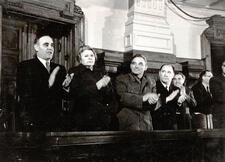Jewish History: Antisemitism
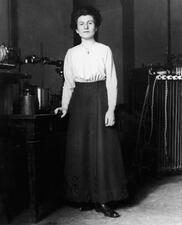
Hedwig Kohn
Born in Breslau, Hedwig Kohn was one of the early woman pioneers in physics. After a narrow escape from Nazi Germany, she went on to teach at Wellesley College and pursue independent research at Duke University in the field of flame spectroscopy, measuring absorption features of atomic species in flames.
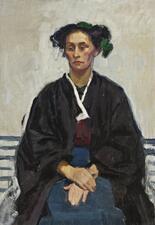
Broncia Koller-Pinell
Broncia Koller-Pinell was a successful artist in the late nineteenth and early twentieth centuries and a contemporary of Josef Hoffmann, Kolo Moser, and Gustav Klimpt in Vienna. As a Jew and a woman creating art in Christian male-dominated spaces, Koller-Pinell remained true to herself and created beautiful artwork in spite of the adversities she faced.
Gertrud Kolmar
Gertrud Kolmar was a prolific German-Jewish poet. Kolmar published three collections of poetry during her lifetime, primarily detailing the experiences of women as mothers, childless women, lovers, mourners, travelers, and the persecuted. Kolmar’s work is a vehicle for readers of the early twenty-first century to come to terms with the events of the Shoah.
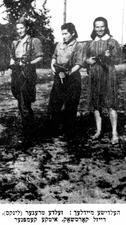
Rozka Korczak-Marla
Rozka Korczak-Marla was active in underground resistance during World War II, serving in the United Partisan Organization to smuggle weapons into the Vilna Ghetto and help Jews escape. After the war she immigrated to Palestine and settled into kibbutz life.
Gertrud Kornfeld
Gertrud Kornfeld was the first woman scientist to receive an academic appointment at the University of Berlin, having been appointed lecturer in physical chemistry in 1928. After being dismissed in 1933, she eventually made her way to the United States, where she became a researcher for the Kodak Company in New York.
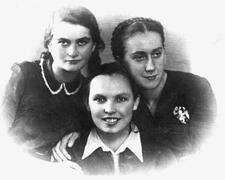
Lonka Korzybrodska
Lonka Korzybrodska was an active member of He-Haluz, a resistance movement during World War II. She participated in missions until her capture and died imprisoned in Auschwitz in 1943.
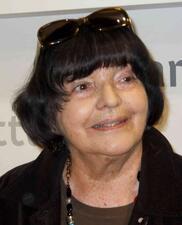
Hanna Krall
Hanna Krall is one of the most important Polish-Jewish writers and reporters. A Holocaust survivor, she portrays in her own extremely concise manner the vicissitudes of other survivors, rescuers, and perpetrators. Krall has been internationally recognized and her works have been translated into fourteen languages.
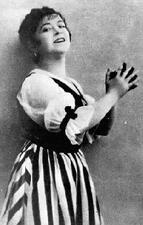
Isa Kremer
Isa Kremer (Belz, Bessarabia, 1887-Córdoba, Argentina, 1956) traveled the world performing art, folk, and classical music. She studied and sang opera in Italy but appeared as an art singer in Odessa, where she was the wife of Israel Heifetz, the editor of The Odessa News. Her great legacy is her Isa Kremer Sings Jewish Life in Song, a book and album of Jewish songs.
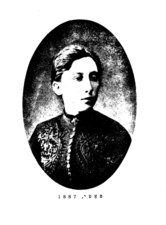
Pati Kremer
Pati Kremer was one of the pioneers of the Jewish workers’ movement in Eastern Europe. Already an active member in the 1890s of the so-called Vilna Group, the precursor to the Bund, she remained closely associated with the Jewish workers’ party until her death in the Vilna Ghetto.
Ilona Kronstein
Ilona (Ili) Kronstein was an artist and graphic designer. In the 1930s she focused on her artistic training, working first as a graphic artist, before working in her own studio. Her work, which was not exhibited in her lifetime, was rediscovered in the late 1990s and exhibited in Vienna at The Jewish Museum.
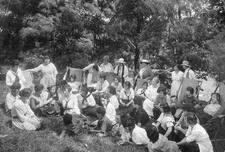
Leisure and Recreation in the United States
Vicki Lewis
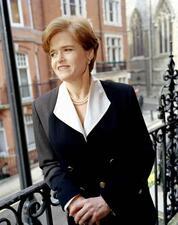
Deborah Lipstadt
Deborah D. Lipstadt is an American Jewish historian of issues surrounding understanding the Holocaust, ranging from reception of news of the extermination of European Jews to denial of the existence of the Holocaust. Lipstadt achieved renown for her defense against libel brought by David Irving, a British Holocaust denier. Her dramatic trial was transformed into a film starring Rachel Weisz.
Irma May
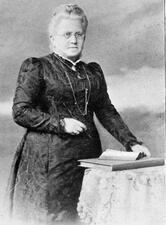
Lina Morgenstern
In the face of formidable anti-Semitic opposition, Lina Morgenstern was a highly successful feminist author, educator, and peace activist who was supported by many, including the Prussian Empress Augusta. In 1896 she organized the first International Congress of Women in Germany, which was attended by feminist leaders from all over the world.

Bess Myerson
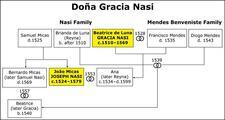
Doña Gracia Nasi
Doña Gracia Nasi was the embodiment of passionate solidarity among exiles. As a young woman she inherited her husband’s fortune, and fled from Lisbon to Venice to Ferrara, where her family lived openly as Jews for the first time. In Constantinople, she assumed a role of leadership in the Sephardi world of the Ottoman Empire.
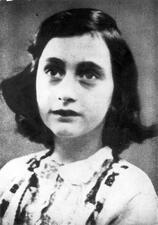
Modern Netherlands
Like Jewish women everywhere, Dutch Jewish women struggled with issues of assimilation, emancipation, and equality as both Jews and women. This article summarizes the conditions and challenges facing Jewish women in the Netherlands and the paths to progress and change they sought—education, work, activism, and literature, among others—from the nineteenth century to the present, including after the particular decimation of Dutch Jewry during the Holocaust.
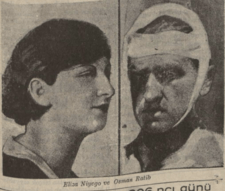
Elza Niego
In 1927, Elza Niego, a young Jewish woman was stabbed to death by an older Turkish man whose romantic advances she had repeatedly refused. Her murder sparked an intense emotional reaction from Jews, which the Turkish press found unacceptable, leading to antisemitic publications and outbursts, including the arrest of nine Jewish leaders.
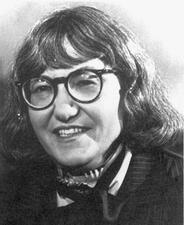
Cynthia Ozick
Cynthia Ozick is a Jewish-American writer, novelist, essayist, and playwright. Her creative, authentic, and intelligent stories, including “The Shawl” (1989) and “The Puttermesser Papers” (1997), have made her one of the greatest fiction writers and literary critics alive.
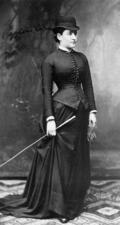
Bertha Pappenheim
Bertha Pappenheim was the founder of the Jewish feminist movement in Germany. In 1904, she founded the League of Jewish Women. Pappenheim believed that male-led Jewish social service societies underestimated the value of women’s work and insisted on a woman’s movement that was equal to and entirely independent of men’s organizations.

Pulcellina of Blois
Pulcellina was a prominent and powerful Jewish moneylender in twelfth-century Blois. In 1171, she was burned at the stake with mother than 30 other Jews on the false accusation of murdering a Christian boy.
Eva Gabriele Reichmann
Born in Silesia, Eva Gabriele Reichmann studied economics in Germany and, after fleeing the Nazis, in London. A prolific writer, especially after her retirement in 1959, Reichmann focused mainly on Judaism and the social history of German Jewry. She was awarded several medals for her contributions to democracy, freedom, and tolerance and died at the age of 101.
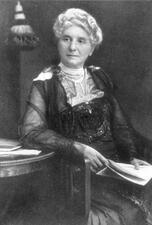
Elise Richter
Elise Richter could not pursue a university degree until she was in her 30s, when she became part of the first group of women to study at the University of Vienna. She received doctoral and post-doctoral degrees and subsequently taught classes on various Romance languages while publishing extensively, making important contributions to the field of historical and comparative linguistics.

